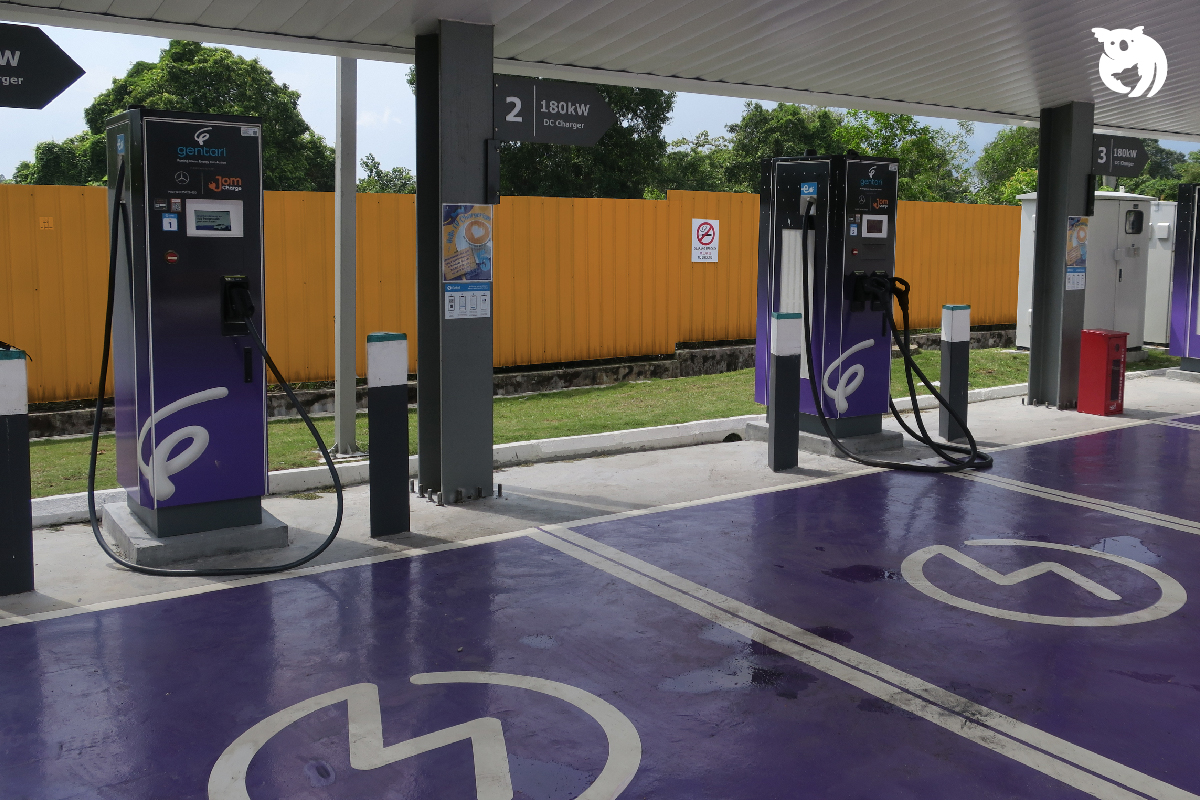Many Muslims pay zakat fitrah and zakat on income every year. However, many are unaware or overlook the obligation to pay zakat on savings held in accordance with its conditions. Generally, zakat on savings is withdrawn by depositors from savings that have reached a full year and meet the nisab (minimum threshold).
7 Things Young People Must Know About Zakat on Savings
Among the frequently asked questions regarding zakat on savings are: What types of savings are eligible for zakat? What is the minimum amount of savings that requires zakat payment? How is zakat calculated?
To answer your questions regarding zakat on savings, here is a basic guide to zakat on savings for your reference and guidance.
1. What is Zakat on Savings?
Zakat on savings applies to money kept in banks or any financial institution, including savings accounts, fixed deposits, current accounts, mutual funds, investments, stock holdings, savings bonds, and others. It also applies to other assets that can be used as currency in buying and selling transactions, such as gold or silver.
2. Types of Savings Eligible for This Type of Zakat
The following are some of the savings that are eligible for zakat on savings. You need to calculate the total amount of each type of savings to determine whether your savings exceed the current nisab value:
- Savings in banks or financial institutions;
- Money saved outside financial institutions;
- Amanah Saham Bumiputera (ASB) savings;
- Savings certificates;
- Stock holdings;
- Long-term investments;
- Other savings, such as gold savings, and so on
However, not all savings need to be considered when determining the amount of zakat on savings to be paid. Savings in Tabung Haji or Islamic bank accounts, for example, are not subject to zakat on savings because these institutions already distribute zakat on behalf of their depositors.
3. Conditions for Obligatory Zakat on Savings
In essence, your savings are obligated to pay zakat if they meet the following conditions:
- Reach the nisab* – the nisab threshold usually varies by state, just like the zakat fitrah rate Complete the haul**;
- *Nisab refers to the specified amount of wealth determined by Shariah – an amount of wealth below the nisab threshold is not subject to zakat.
*Nisab refers to the specified amount of wealth determined by Shariah – an amount of wealth below the nisab threshold is not subject to zakat.
**Haul means that the savings or assets have been held for a complete year according to the Hijri year (354 days) or the Gregorian year (365 days)..

4. Nisab for Zakat on Savings
The nisab* for zakat on savings is based on the average price of 85 grams of gold or 595 grams of silver for that year, with a zakat payment rate of 2.5% of the net amount. For example, if the price of one gram of gold is RM35.29, then the price for 85 grams of gold would be RM3,000 (the nisab value for zakat on savings).
This means that if your savings exceed RM3,000 (or any current value depending on the state’s zakat on savings rate), you are obligated to pay zakat on savings after completing the haul (one year).
Nisab for Zakat on Savings by State in Malaysia
For your information, the current nisab rate for zakat on savings in Selangor (2022) is RM19,973. This means that if your savings reach or exceed RM19,973, you are required to pay zakat on savings. The following is a table of nisab rates for zakat on savings in all states in Malaysia for your reference:
| State/Year | 2023 | 2022 | 2021 | 2020 |
|---|---|---|---|---|
| Johor | To be updated | RM20,614 | RM20,579.75 | RM21,783.37 |
| Kedah | To be updated | RM20,402 | RM20,345.24 | RM15,767.73 |
| Kelantan | To be updated | RM20,520 | RM15,972.06 | RM15,972.06 |
| Melaka | To be updated | RM20,361 | – | RM15,767.73 |
| Negeri Sembilan | To be updated | RM20,970 | RM18,789 | RM18,789.75 |
| Pahang | To be updated | RM20,312 | – | RM21,556.65 |
| Pulau Pinang | To be updated | RM20,370 | RM20,500 | RM15,885 |
| Perak | To be updated | RM20,614 | RM19,940.01 | RM20,949.86 |
| Perlis | To be updated | RM20,614 | RM20,579.75 | RM20,949.86 |
| Selangor | To be updated | RM19,973 | RM20,920 | RM18,570 |
| Terengganu | To be updated | RM20,331 | RM20,503.42 | RM19,512.03 |
| Sabah | To be updated | RM20,600 | RM20,300 | RM15,800 |
| Sarawak | To be updated | RM20,137 | RM20,440.68 | RM14,456.21 |
5. Zakat on Savings Rate
If your savings exceed the current zakat savings threshold, the zakat payment rate is 2.5 percent on the remaining balance over a one-year period.
For example, if the total amount of your savings from all sources amounts to RM22,000, the calculation of the mandatory zakat savings rate is as follows: 2.5 percent x RM22,000 = RM550.
The amount of zakat on savings that needs to be paid for that year is RM550.
Zakat on Savings Calculator
To determine the value of zakat on savings that needs to be paid, you can refer to the zakat on savings calculator provided by your respective state zakat institutions.
If you have any doubts, we recommend that you calculate the zakat on savings at the zakat counter nearest to you.
6. Calculation Method
Berikut merupakan kaedah pengiraan zakat wang simpanan mengikut kategori simpanan tertentu untuk panduan anda. Kaedah pengiraan ini adalah anggaran semata-mata, anda boleh rujuk pusat zakat negeri untuk penjelasan lebih lanjut berkaitan kaedah pengiraan zakat simpanan ini.
i. Calculation of Zakat on Fixed Savings
For owners of multiple savings accounts, the lowest balance of each account should be added and multiplied by 2.5 percent to obtain the zakat amount (even if the lowest balance is still below nisab when calculated individually or for any single account).
Here is the calculation method for savings in multiple accounts for your reference:
Example: The lowest balance for Account 1 is RM6,500 and for Account 2 is RM3,000;
Total lowest balance in both accounts x 2.5% = (RM6,500 + RM3,000) x 2.5% = RM237.50;
The zakat on savings is RM237.50.
ii. Calculation of Zakat on Ordinary Savings
For ordinary savings (with fluctuating inflows and outflows), zakat is deducted at a rate of 2.5 percent based on the lowest balance of a savings account over a one-year period, subject to the conditions of haul and nisab.
Example: The lowest balance for the year 2014 is RM15,000;
RM15,000 x 2.5% = RM375;
The zakat on savings to be paid is RM375.
iii. Calculation of Zakat on Multiple Savings Accounts
For owners of multiple savings accounts, the lowest balance of each account should be added and multiplied by 2.5 percent to obtain the zakat amount (even if the lowest balance is still below nisab when calculated individually or for any single account).
Here is the calculation method for savings in multiple accounts for your reference:
Example: The lowest balance for Account 1 is RM6,500 and for Account 2 is RM3,000;
Total lowest balance in both accounts x 2.5% = (RM6,500 + RM3,000) x 2.5% = RM237.50;
The zakat on savings is RM237.50.
However, if the sum of all the lowest balances is still below nisab, then zakat on savings is not obligatory.
7. Zakat on EPF and Armed Forces Fund (LTAT) Savings
Zakat is obligatory on contributions made into the Employees Provident Fund (EPF) and the Armed Forces Fund (LTAT) or similar funds when you make withdrawals.
In other words, zakat must be paid when contributors make EPF withdrawals or LTAT that reach or exceed the nisab threshold. Withdrawals from EPF can be made for retirement purposes, first home purchase, and other similar reasons.

Zakat on Savings Enriches Wealth and Blesses Life
Saving money is not an easy task, especially among the younger generation today. You are encouraged to start saving from an early stage and as much as possible, so that it can be used as emergency savings or for retirement purposes.
However, in the enthusiasm for saving, do not forget your responsibility to pay zakat on savings when the haul and nisab conditions are met.
Furthermore, if you want to get the best car insurance and motorcycle insurance for peace of mind during your drives, visit the Qoala website for more information. Qoala is the best online insurance comparison and renewal platform in Malaysia.

 EN
EN
 MY
MY








